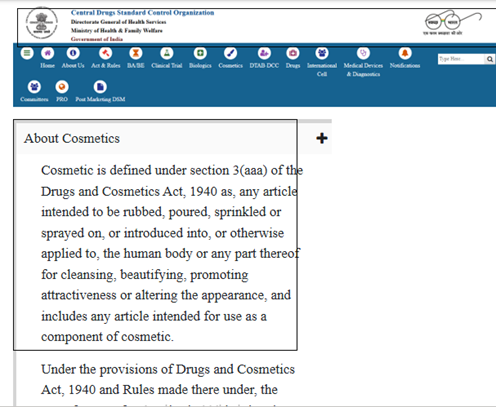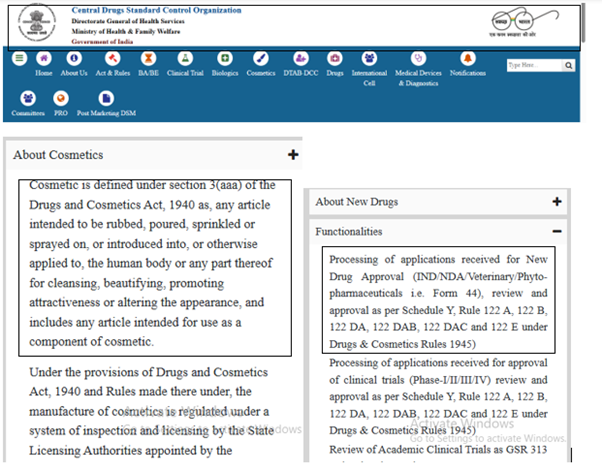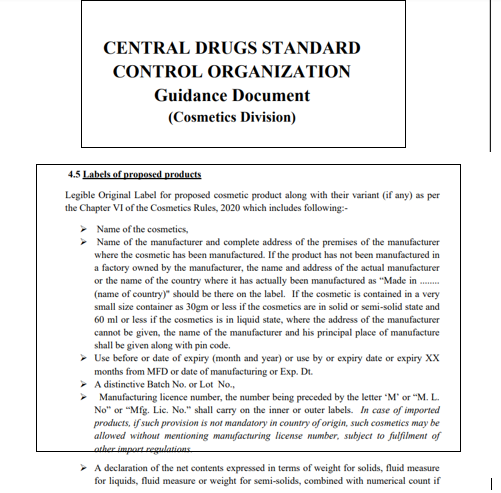5. CDSCO 2025 Guidelines:
Recent Updates for Borderline Products In 2025, a new set of updated guidelines were presented by CDSCO to converge Indian regulation to internationally accepted protocols, the intent of use, marketing claims, concentration of the ingredients.
Key Highlights:
- Functional or therapeutic claims (e.g. “Heals acne”, “Repairs skin barrier”) reclassifies the product as a drug
- SPF Claims above 30 or makes extended claim claims (e.g. UV shield for 10 hours) falls under a drug classification
- scheduled ingredients (e.g. clindamycin, hydroquinone, minoxidil) would require drug licensing Only beautifying and non-therapeutic claims remain cosmetic [4]









